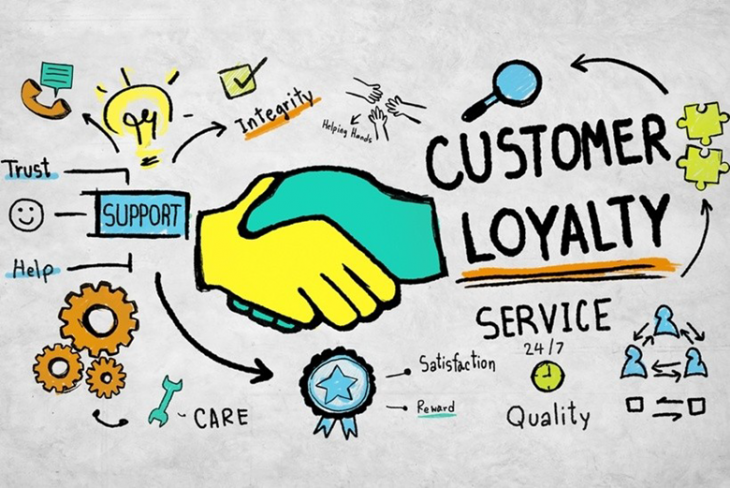Brand identity and loyalty are more important now than ever. Brand intimacy studies have shown that brands which form relationships with their customers are much more successful.
Companies like Spark and Nimble have even made improving business-customer relationships in their business model. It stands to reason that this attitude has moved to the field of marketing too.
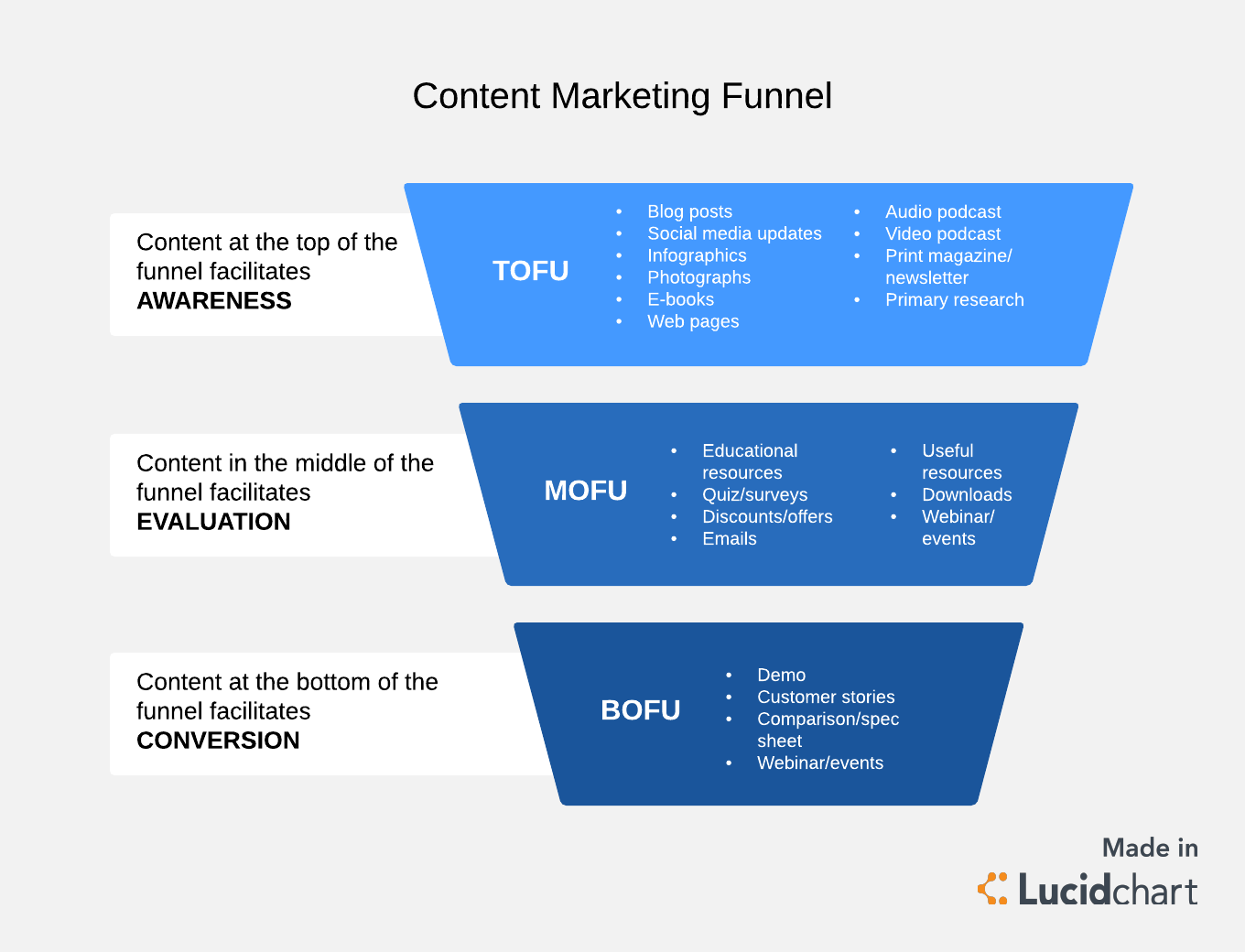
Today, marketers distinguish between four different phases of a marketing funnel. Now, each of these needs content hand-crafted for it. This is not an easy task, but it is a worthwhile one.
To give you somewhere to start, we’ll illustrate three excellent content examples for each of the marketing funnel phases.
Awareness
Awareness is the first phase of a marketing funnel. Here you’re trying to raise awareness of your company and brand. You are trying to have future customers discover you, and become known in your niche, and the market at large. You want everyone to know your name, from your customer’s niece to her pet dog.
1. Blog Posts
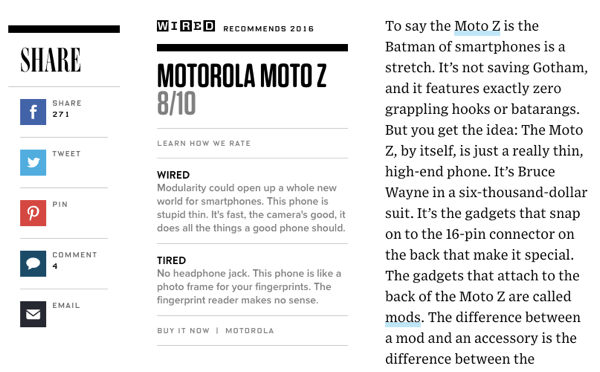
Writing an educational blog post is a sure-fire way to get noticed by your customers. Try to write posts which will bring your readers value, but at the same time, nudge them towards visiting your company site.
Blogs are slowly coming back into fashion. With more and more people following and regularly reading blogs written by people and companies they love, now is the perfect time to dive into blogging.
2. Social Media Posts
Going viral is probably the biggest thing that can happen to your brand online these days. According to a report by Ofcom, people spend around 24 hours a week on their smartphones.
Becoming viral is the fastest way for your brand to become a household name. Everyone uses the internet, and viral posts spread through it like fire. For example, the Huffington post uses their twitter to advertise popular articles.

3. High-Quality Guest Posts
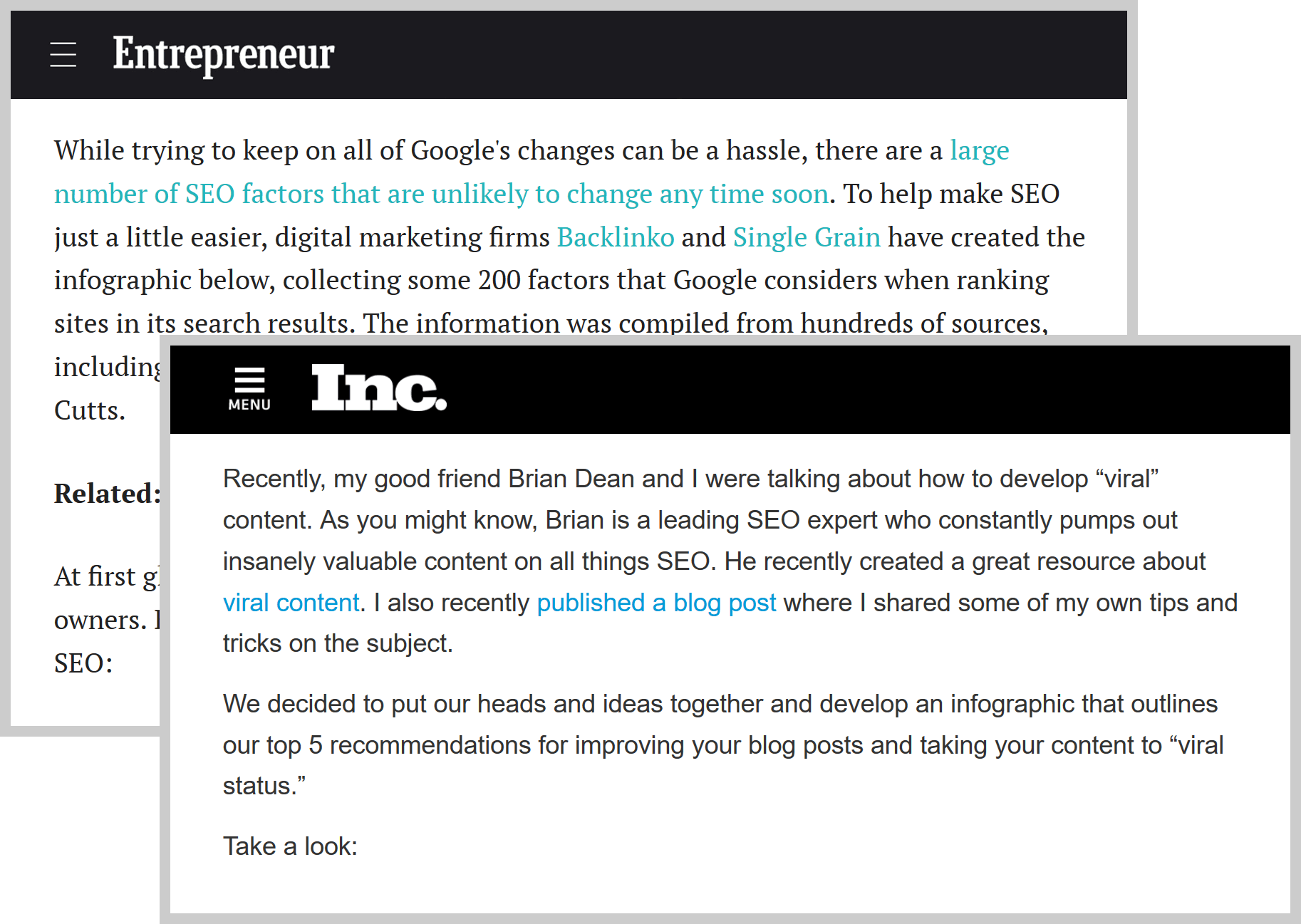
One of the best ways for a new business to get seen on the internet is through search. Google highly values quality backlinks in their rankings. Because of this, publishing high-quality guest posts on high-quality sites can play a big role in helping your customers discover you.
Besides the little push in Google rankings, guest posting is great for raising brand awareness in general. When you publish an interesting and valuable article on a site that your audience is visiting on a regular basis, they will see you as someone knowledgeable and worth checking out and, in the end, they might end up as your customers.
Consideration
In this phase, your customers are aware that your business exists. They’re pondering whether they need what you’re offering and if it’s worth the price. Your goal here is to get them more intimately connected with your product or service and show them why they need it.
1. Case Studies
Case studies serve one main purpose – showing your possible future customers how your product or service already helped someone else in the same situation as them. By showing them real-life examples (with stats, charts, pictures) you will increase trust and make them think, “yeah, this thing really works, I have to try it.”
Writing a good case study takes time but it’s a time well spent. A case study can be done as a blog post, a separate page on your website or even as a video. No matter what form it’s in, every case study needs to have your client’s initial problems and goals listed at the beginning, and then talk about and show how your product or service actually helped. In the end, always show off the amazing results your client achieved thanks to you.
For inspiration, look at Nimble’s Case Studies here.
2. Product Descriptions
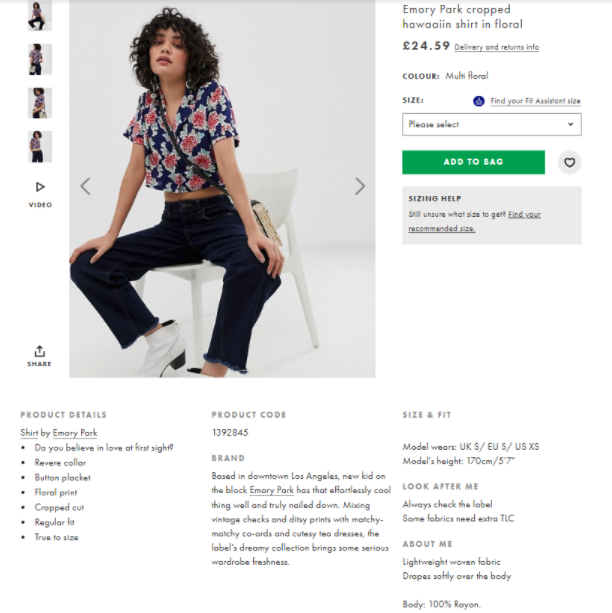
This should come as no surprise. The first thing your customer will see when they open your product’s page is the product description. You want it to be medium length, and intrigue your customer enough to buy it. The product description should outline every feature of your product and leave nothing more to be thought of.
Every company selling products uses product descriptions, from Apple to your local Home Depot, so it might be tough to come up with something that hasn’t been done before but, depending on your target audience, you can have some fun with it like ASOS do – as long as all the important information is listed.
3. Demo And Tutorial Content
Providing demo videos and tutorials on how to use your product lets the user get more acquainted with it before moving on to purchase. It lets you display your product at peak performance, as well as sort out any issues the user might have with making it operational.
Tutorials can be made for any functionalities of your product and they are equally as useful for services as well as actual products. From how to build a website using an app, to how to use a food blender – video tutorials are something that will always be useful.
Conversion

In this phase of a marketing funnel, you’ve already got your customers interested in your product. All that’s left is to drive them to buy it.

Ask your users to submit their reviews and impressions of your product. Future users trust other users the most, so curate these impressions carefully and try to put them in a prominent place on your site. This is a lighter version of a case study, we could say!
Testimonials will help those considering your product know how it performs in the hands of your customers. If you have loyal customers who really love your product, you could ask them to film a video tutorial as well.
2. Reviews From Trusted Personalities
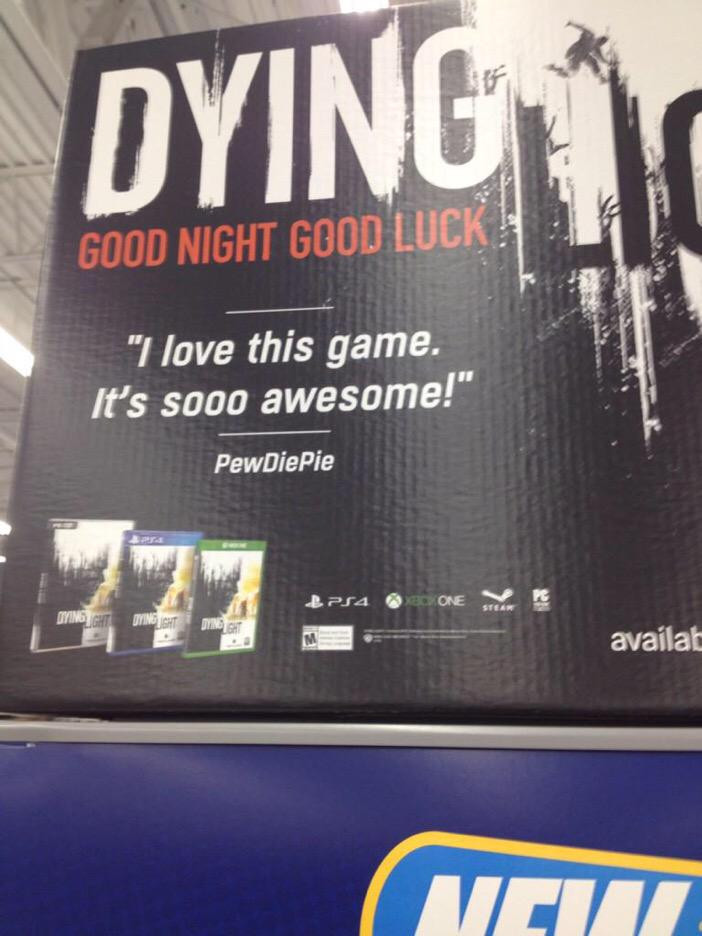
This is where investing a bit in your marketing campaign can come in handy. We’re living in the age of Youtubers, celebrities, and internet personalities. Influencer marketing is a term that snuck into our lives not so long ago and is currently everywhere around us. Having one of these influencers give their stamp of approval to your product can be a sure-fire road to success.
For example, the game Dying Light used PewDiePie’s review to stir controversy and ensure that fans of the Youtuber would buy the game. It is worth keeping in mind, however, that this tactic can backfire, as a wrong personality reviewing your product might lead to negative PR.
3. Comparative Posts
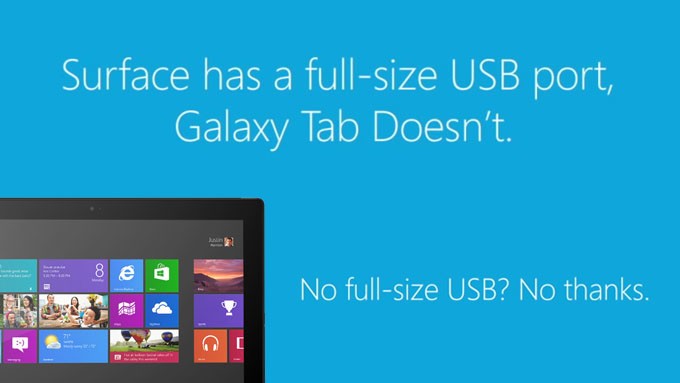
Here we are stepping into tricky territory! Compare your products with others in the same niche. For example, if you’re Apple, you want to show why you’re better than Samsung. By doing this, you show what you do better than your competition, and hurt them at the same time – as long as you are 100% your product is better than the one you are comparing it to.
This is especially helpful for getting customers who are moving on from your competition’s products. You can also see an example of this in Microsoft. When they were emerging on the tablet market, they were quick to compare themselves to the two giants of the area: Apple and Samsung. This way they targeted both their own current customers but also Apple and Samsung users and at least made them think twice which new tablet will they buy.
Loyalty
This is the final phase of the marketing funnel. At this point, you’ve already got customers buying your product. The goal of this phase is to keep it that way. This is fundamentally related to brand intimacy, and how your customers feel about your business. You want to keep your customers happy and buying your products in the years to come.
1. Customer Support And Product Information
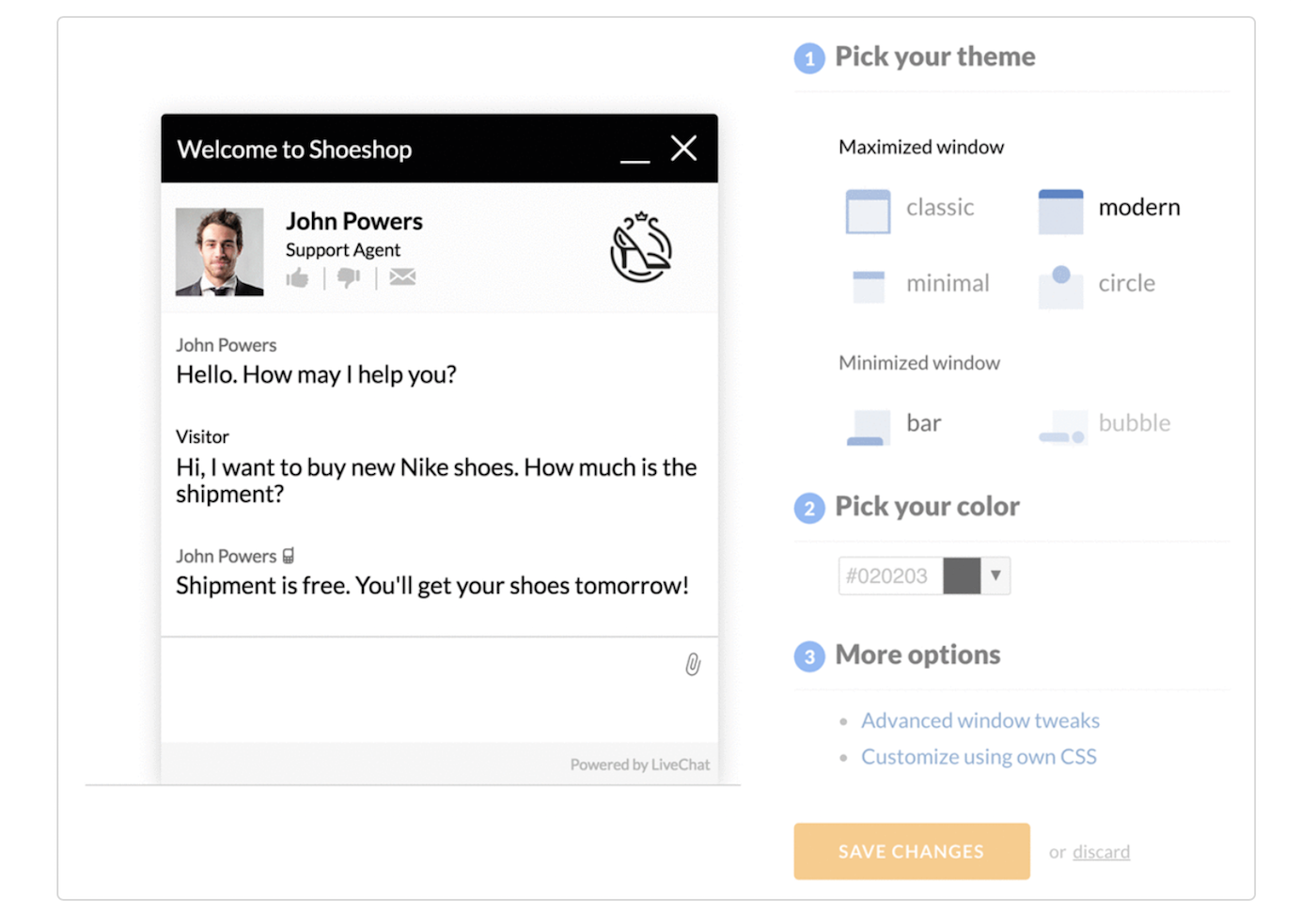
To keep your customers using your product, you want to ensure that they’re having the best experience possible. Sometimes, this means having quality customer support and product information easily available. This will help your customers if they encounter an issue, and these days it can be done in lots of different ways – from the good old call center and email to Chatbots and Facebook Messenger.
We have all run into some issues with products or services at one point or another so great customer support is always appreciated and remembered – and sometimes even told about to friends and family. Quality customer support takes time and needs to be handled with care but your customers will love it.
2. Special Offers
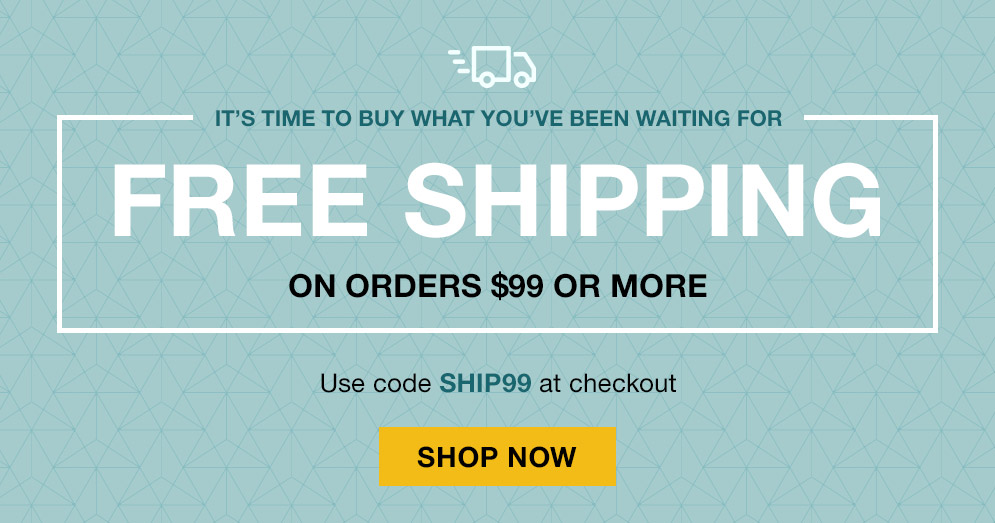
Offering special offers to long-time customers is a great way to get on their good side. After all, when you get a special offer from a business, it makes you feel special. If you make your customers feel valued, then they will also value you.
These promotions can be in the form of discounts, or even free products. For example, McDonald’s offers free promotions for their long-time customers or even those that just download their app.
3. Loyalty Programs
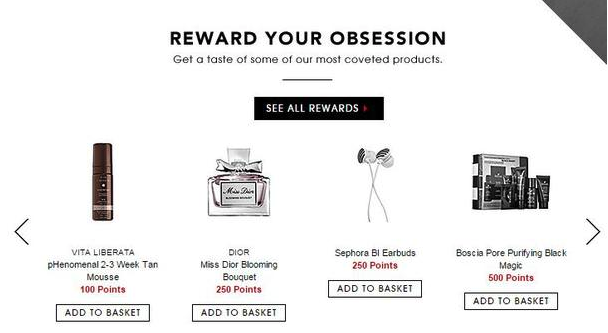
It’s in the title – you are creating special perks for your loyal customers. These kinds of programs are more popular with actual products rather than services. More and more retail and online shops are offering some version of it but often they are as simple as buying more, get bigger prizes or better discounts. Who doesn’t like that!
Perhaps one of the most famous and long-lasting loyalty programs is the Sephora Beauty Insider program. Here, Sephora rewards their loyal customers with gift cards and discounts, but also special limited edition products or even makeup sessions in their stores.
Closing Thoughts
A marketing funnel consists of 4 different stages. Awareness, consideration, conversion, and loyalty are all equally important to a business. This is why many of the world’s leading corporations have been adopting different styles of content for each of these stages.
From social media posts for the unaware of special offers for existing customers, these companies have gotten marketing down to an art. You too can apply these techniques, and help your business take its first step on the road to Fortune 100 TODAY.
